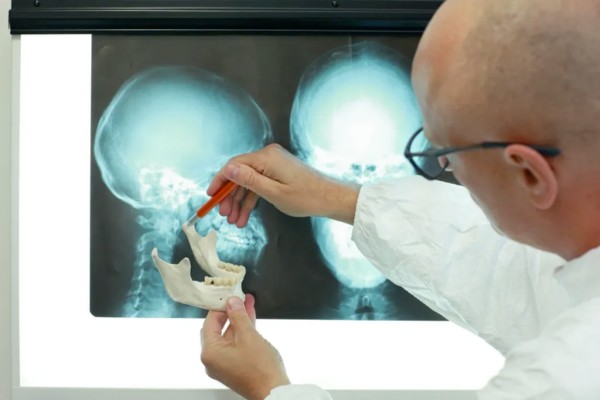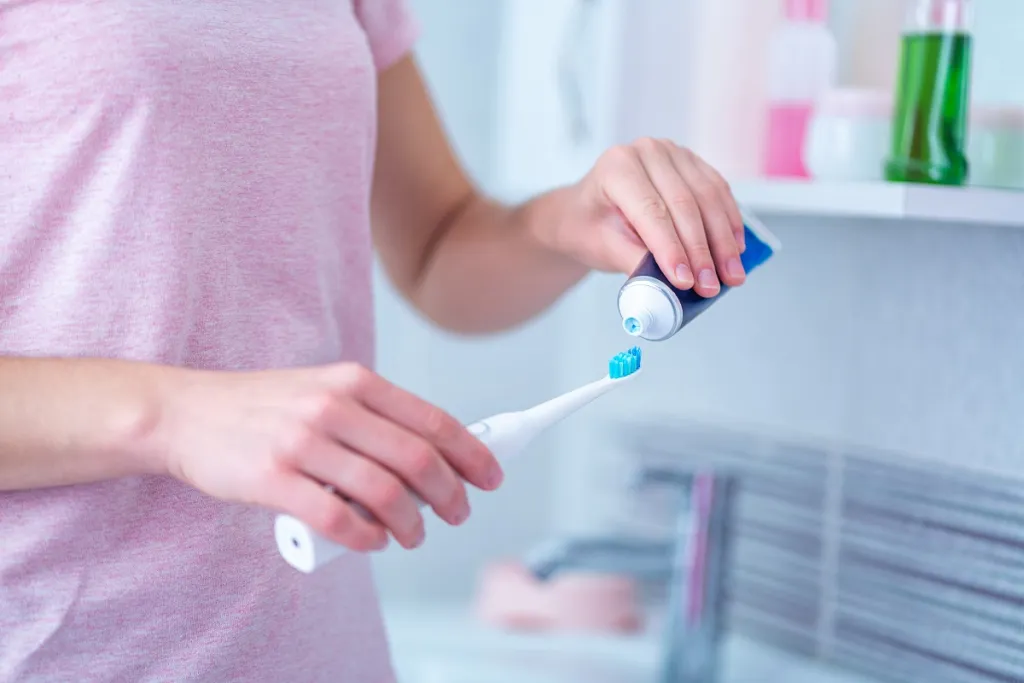
TMJ vs. TMD
If you are experiencing pain in your jaw and find it problematic to yawn, speak, chew, and swallow, then you may suffer from temporomandibular disorder (TMD). TMD occurs when there is a problem with your temporomandibular joints or TMJ in the jaw. However, most people experiencing this discomfort or pain don’t know what the difference between TMJ and TMD is. Here are the differences between TMJ and TMD.
What is TMJ?
TMJ is an acronym for the temporomandibular joint. This is a small, delicate joint connecting the jawbone to the skull through the temporal bone. The TMJ acts as both a sliding joint and a hinge joint. The temporomandibular joint is unique because it helps move your jaw to open the mouth, speak, and chew. The TMJ is durable, but it may be damaged, inflamed, or irritated, which results in pain and discomfort when speaking or chewing.
What is TMD?
TMD is an acronym that stands for temporomandibular joint disorder. TMD refers to any dysfunction affecting the temporomandibular joint. TMD may affect the ligaments, discs, bones, and TMJ muscles. If the joint is improperly aligned, it may result in pain, inflammation, or inability of the jaw to operate. TMJ mainly affects people between 20-40 years of age and is more common in females. About one in ten people will have TMD symptoms sometime in life. Although TMD is not a life-threatening dental condition, it can impact the quality of your life if the symptoms are left untreated.
What Causes TMD?
Many things may cause TMD, which makes it difficult to determine the exact cause of an individual’s specific TMD. The causes of TMD are triggered by problems affecting the Temporomandibular joint or TMJ, the jaw, or muscles close to the jaw. Some of the common causes of TMD include:
Injury to the TMJ, muscles of the neck and face, or the jaw
Misalignment of the teeth or jaw
Arthritis affecting the joint
Dislocation of the soft cushion or disc
Pressure exerted on the TMJ by clenching or grinding teeth
What Are the Symptoms of TMD?
You may experience temporary or chronic pain and discomfort if you suffer from TMD. It is best to consult your dentist and get a diagnosis because of the many symptoms associated with temporomandibular disorders that may overlap with other medical problems such as arthritis, sinus problems, gum disease, and tooth decay. Some of the signs and symptoms associated with temporomandibular joint disorder or TMD include:
Earaches
Jaw dislocation
Neck aches
Headaches
Dental occlusion
Swelling of the face
Locked or stiff jaw when the mouth is open or closed
Inability to open the mouth very wide
Clicking, popping, or grating sound in the joint whenever you open or close the mouth
Pain or tenderness in the face, neck, shoulders, or ear when chewing, speaking, or opening the mouth
Diagnosis and Treatment of TMD
Your dentist can diagnose your temporomandibular joint disorder or TMD and offer personalized treatment. The TMD treatment will vary depending on your medical history, overall health, age, how long your condition will last, and how well your body can handle specific medicines, procedures, and therapies. Some of the treatment options for TMD include:
Stress management or relaxation techniques
Prescription medication or pain relievers
Physical therapy
Using a TENS machine for relaxation of the jaw and facial muscles
Behavior or habit changes and exercises to reduce or stop teeth clenching
Resting your temporomandibular joint (TMJ)
Diet changes to rest the jaw muscles
Mouthguard for reducing teeth grinding
Surgery
Follow Up on TMD Symptoms
If you are experiencing jaw pain, you should schedule an appointment with your dentist. If your dentist confirms you have TMD, they may recommend one or a combination of treatment options based on your unique circumstances. Your dental expert may also improve your bite by replacing any damaged or ill-fitting dental restorations, such as fillings and crowns, and any missing teeth. Your dentist may also offer custom night guards or other solutions to help correct this dental problem and alleviate discomfort and pain.
The post TMJ vs. TMD first appeared on Dental Signal.

Homecare
How Fluoride Impacts Oral Health
Maintaining good oral health is Essential for a happy, healthy life. One key player in the fight aga...
Nov 1 - 3 min read
Categories
Homecare
Restoration
Periodontics
Orthodontics
Oral Surgery
For Kids
General
Cosmetic

DR. LUIS GALVAN
SAN ANTONIO GENERAL DENTIST
"I believe everyone deserves a beautiful smile, not just the privileged few. Every day you spend without a smile, a day is lost"
EDUCATION
After graduating Suma Cum Laude with his dental degree from UNITEC University in 1994, Dr. Luis Galvan opened his first dental practice – while also advancing his dental education. He has completed a General Practice Residency (GPR) in Dental Obstetrics and an Advanced Education in General Dentistry (AEGD). Dr. Galvan’s dedication to helping people enjoy the benefits of a beautiful and healthy smile then had him pursuing dental laboratory and technology training. By the end of his formal education, Dr. Galvan had opened three busy dental practices and a commercial dental laboratory – ensuring that his high expectations for patient care were met with excellence.
Believing that continuing education helps him bring you the best evidence-based options for your care, Dr. Galvan has participated in significant additional dental implant training, including placement, esthetics, materials, and infection control.
In 2010 Dr. Galvan obtained his Doctor of Dental Surgery (DDS) degree, graduating Suma Cum Laude from UT Health San Antonio. Then, in 2011 he partnered with one of the busiest dental implant clinics in San Antonio – and has placed more than 17,000 dental implants to help people smile with confidence while also enjoying excellent oral health. He is fluent in English, Spanish, and French.
PRACTICE PHILOSOPHY
Dr. Galvan is dedicated to helping people and it shows. His patients love Dr. Galvan’s patient, caring, thorough, and dedicated attention to their needs. From the simplest cosmetic enhancement to the most complex full-mouth restoration, Dr. Galvan is committed to helping everyone under his care achieve all they desire for a brighter, happier smile. To this end, Dr. Galvan provides a full range of services all under one roof, so you don’t need to several offices for your dental care. Single or multiple dental implants, implant-supported dentures, overdentures, tissue grafts, bone grafts, crown & bridge treatment, orthodontics, and endodontic surgery are just a few of the options he provides for the health of your smile … all with the level of sedation that is medically right for you.
AWAY FROM DENTISTRY
When not helping others, Dr. Galvan enjoys traveling as well as many hobbies and activities around the San Antonio area. Scuba diving, karate, rowing, and flying planes are just a few of the activities he pursues when he is not creating beautiful, healthy smiles.

DR. OTTO HEROD
SAN ANTONIO GENERAL DENTIST
RELATED PROCEDURES
Dental Exams & Cleanings
Dental X-rays
Home Care
How to Properly Brush & Floss
Schedule a visit with us today
Ask about our new patient specials
Questions? Give us a call today!
Address:
5970 Babcock Rd.
San Antonio, TX 78240
Email:
info@northbabcockdentalcare.com
Hours:
Monday - Wednesday 8am to 5pm
Thursday 7am to 3pm
Closed Friday - Sunday
© 2024. North Babcock Dental.
All Rights Reserved.



